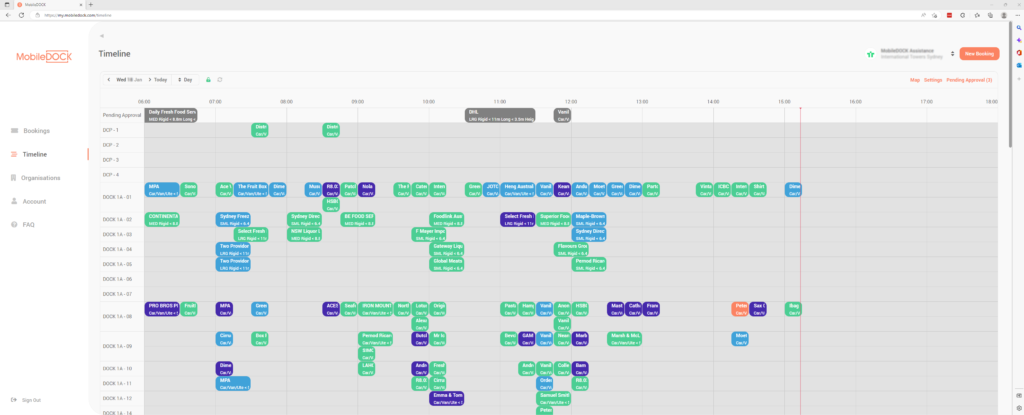Mobiledock for City Precincts

Secure, Efficient, Congestion Free City Precincts
Cities are growing. Cities are getting busier. More people are working, visiting, and living in cities. Cities are regenerating. Older parts of cities, where 1 or 2 storey buildings were the norm, are being demolished, and new high-rise and multi-function buildings are filling whole city blocks. No longer do we see single function, single purpose buildings. More and more we see a campus of buildings designed and built in a coordinated manner, forming city precincts.
In these city precincts, people are attracted to work and live, by having a variety of facilities on site. Restaurants, cafes, parks, gymnasiums, sporting equipment, cycle tracks, hotels, theatres, schools and child care. All in easy walking distance of the home and office.
Developers of city precincts look to maximise ground level space for living activities focused on people, and push functional activities below ground. Parking lots and delivery docks are never seen at ground level. In many cases, commercial delivery vehicles are prohibited from entering a city precinct, except via a designated underground tunnel entrance. Examples being Barangaroo/International Towers in Sydney, where close to 100 loading bays are accessed by a single vehicle access, to server tens of thousands of people working and living in the precinct. Or Msheireb in downtown Doha, where over 100 buildings are serviced by 10 underground service areas, connected by tunnels, all accessed by 2 entry points. Never shall a delivery vehicle be seen!!!
Coordinating logistics at this scale requires cooperation between commercial tenants, residents and the site management. Site management are responsible for base services, such as water, electricity, and roads. But equally, and possibly more importantly, they are responsible for security and logistics. To be successful, precinct managers require technology which automates and monitors thousands of site activities, with millions of data points.

Mobiledock has been deployed to manage logistics at some of the worlds biggest and busiest city precincts. Linking tenants, suppliers, carriers and drivers together in an effective and efficient manner. Automating both the booking of delivery and contractor arrivals, and the validation and access through license plate recognition, PIN codes, and QR codes linked to boom gates and other access equipment.
Loading dock management with dock appointment scheduling through Mobiledock provides city precinct managers to make their site safer, more secure, efficient, and appealing to commercial tenants, workers, residents and visitors.
City planners and managers develop strategies and frameworks about how cities grow, evolve, and maintain quality environments for people to live, work and play. City authorities are increasingly understand the impact of commercial traffic upon living standards in cities, and are demanding rigorous Traffic Analysis, Delivery Service Plans (DSP), and Loading Dock Management Plans (LDMS) as part of Development Approvals (DA).
Development planning requests which include Loading Dock Management Plans, that include the adoption of Mobiledock, provides city regulators with confidence that new developments will enhance city livability, rather than detect from it.